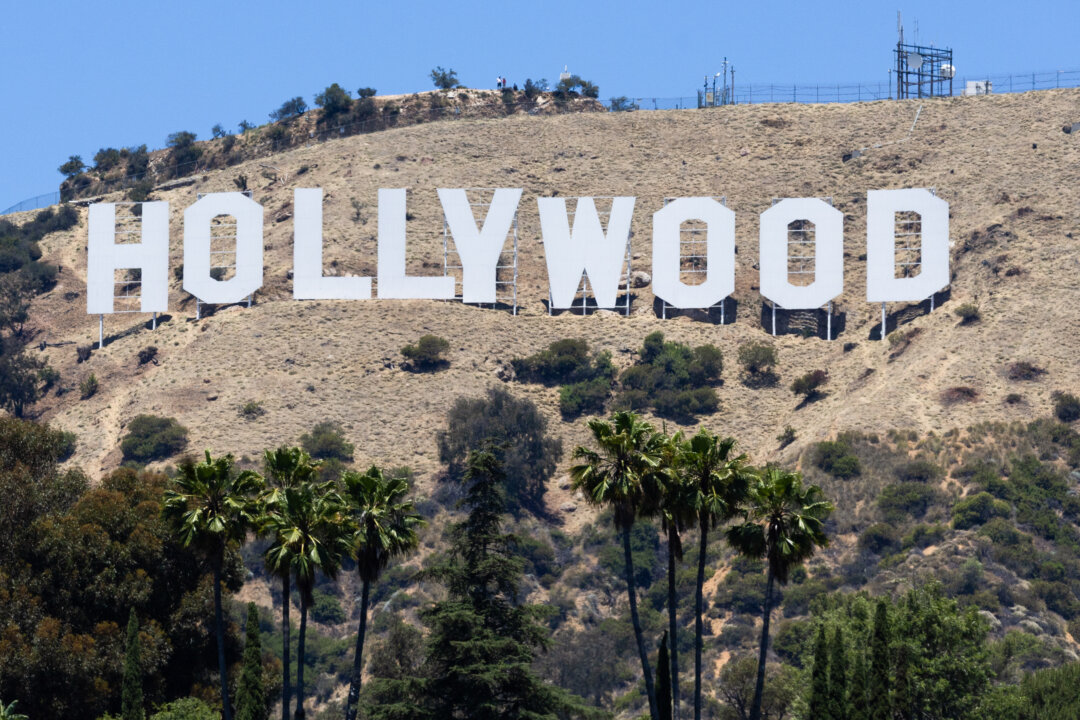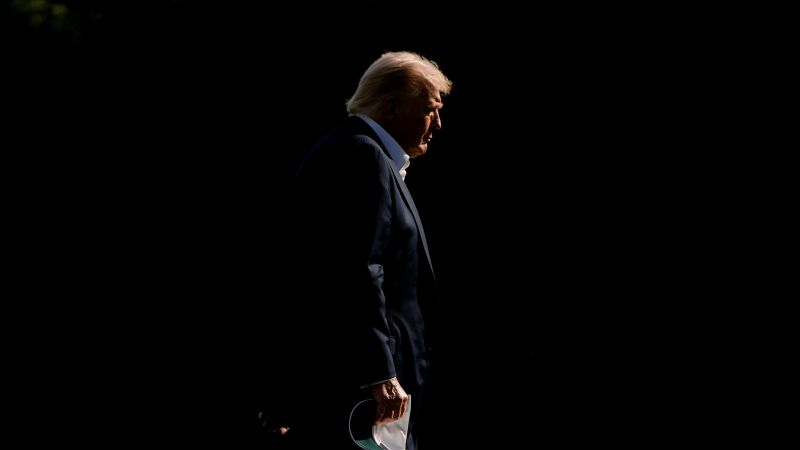Trump Vows Steep Tariffs on Foreign Films Amid Industry Concerns and Legal Scrutiny
President Trump pledged 100% tariffs on foreign-made films and imported furniture, citing the U.S. movie industry's decline. The proposal faces questions on implementation, legal authority, and potential retaliation.
Subscribe to unlock this story
We really don't like cutting you off, but you've reached your monthly limit. At just $5/month, subscriptions are how we keep this project going. Start your free 7-day trial today!
Get StartedHave an account? Sign in
Overview
- President Trump pledged a 100% tariff on foreign-made films and imported furniture, claiming the U.S. movie industry has been "stolen" and is in decline, heavily impacting Hollywood and California.
- The U.S. film industry faces declining ticket sales and production, despite American films dominating domestically and having a positive global trade balance in 2023.
- Significant questions remain regarding how these tariffs would operate, especially concerning digital film distribution and international co-productions, which are not traditionally imported.
- The Supreme Court is set to review President Trump's authority for country-specific tariffs in November, while experts warn of uncharted territory and potential international retaliation.
- Industry figures have suggested alternative solutions, such as film tax credits, to revitalize the U.S. film industry without resorting to potentially costly and complex tariffs.
Report issue

Read both sides in 5 minutes each day
Analysis
Center-leaning sources frame this story by consistently highlighting the impracticality, legal ambiguities, and potential negative economic repercussions of Trump's proposed movie tariffs. They achieve this by juxtaposing his claims with contradictory industry data and prioritizing expert opinions that question the policy's rationale and feasibility, suggesting it is ill-conceived and potentially harmful to a thriving sector.
Articles (16)
Center (4)
FAQ
The U.S. film industry has experienced a decline in production and employment due to a global decrease in film and TV production, intensified competition from other regions like Canada, and reduced filming in California as productions move elsewhere. Contributing factors include strikes, COVID-19 impacts, and a structural slowing of the industry, with California losing its share of entertainment output and jobs at a faster rate than the national average.
The proposed 100% tariffs on foreign-made films could significantly disrupt the global flow of film production and distribution, create complex legal and operational challenges, and lead to international retaliation. It may not effectively address the core issues facing the industry and could complicate matters related to digital distribution and international co-productions, which are not traditional imports.
Industry figures have proposed using film tax credits and production incentives to support and revitalize the U.S. film industry. These measures can help attract productions by offsetting costs without the complexity and potential downsides of tariffs, encouraging growth in domestic production and employment.
The Supreme Court is scheduled to review President Trump's authority to impose country-specific tariffs in November 2025. This legal review will clarify if the President has the constitutional and statutory authority to implement such tariffs, especially concerning the film industry, which operates in complex international markets.
American films have seen their share of the global box office decline from about 92% to 66% over the last two decades. Meanwhile, the market share for movies produced in Asia has increased significantly, reflecting changing global movie market dynamics and competition.
History
- 1M

 11 articles
11 articles













